Views of the northwest side |
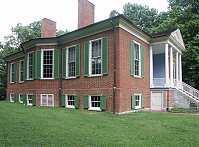
|
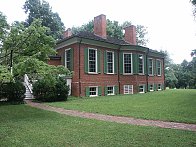
|
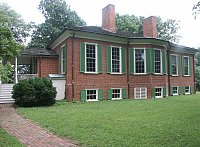
|
| |
|
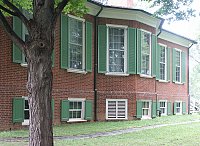
|
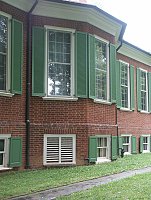
|
Views of the southeast sideThe three-window extension here indicates three sides of the internal octagonal-shaped parlor. The dining room on the opposite side of the house is also octagonal. |
| |
|
Views of the rear with the reconstructed back portico |
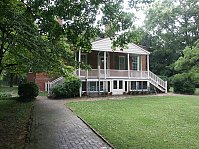
|
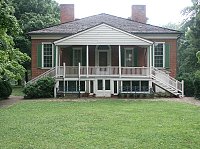
|
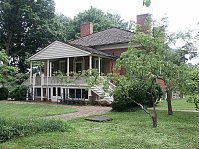
|
| |
|
The back porch and a view of the gardenNo remnants of the garden remained. However, using written records and other evidence, restorers have attempted to duplicate a semblance of the original garden. |
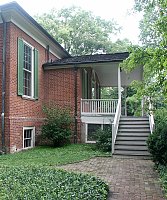
|
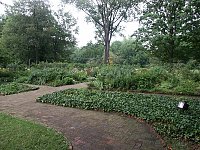
|
| |
|
| Originally there were a number of out buildings, including a barn, a blacksmith shop, a summer kitchen, and slave quarters. Some of these buildings have been reconstructed. The location of the slave quarters is debated. |
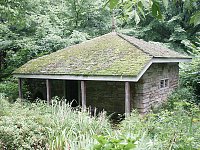
|
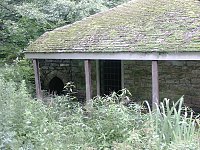
|
The spring houseSpring houses were erected over natural springs to preserve the spring from impurities. They also served as larders and cool places to store milk, butter, and cheese. Many had shelves inside. |
| |
|
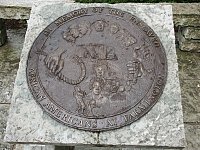
|
Memorial to the memory of the enslavedAt one point at Farmington, there were as many as sixty slaves, with some of the names preserved--the favorites being Morocco and Rose. Hemp production was labor-intensive so the work of slaves was essential to the economic success of the plantation. The Speeds owned a much larger number of slaves than the average Kentucky slave holder. |


 Click here to return to index of art historical sites.
Click here to return to index of art historical sites.
 Click here to return to index of artists and architects.
Click here to return to index of artists and architects.
 Click here to return to chronological index.
Click here to return to chronological index.
 Click here to see the home page of Bluffton University.
Click here to see the home page of Bluffton University.
